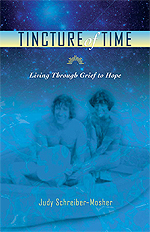A Systematic Review of the Soteria Paradigm for the Treatment of People Diagnosed With Schizophrenia
by Tim Calton, Michael Ferriter, Nick Huband, and Helen Spandler
Schizophrenia Bulletin vol. 34 no. 1 pp. 181–192, 2008
doi:10.1093/schbul/sbm047
Advance Access publication on June 14, 2022
Background: The ‘‘Soteria paradigm’’ attempts to support people diagnosed with schizophrenia spectrum disorders using a minimal medication approach. Interest in this approach is growing in the United Kingdom, several European countries, North America, and Australasia.
Aims: To summarize the findings from all controlled trials that have assessed the efficacy of the Soteria paradigm for the treatment of people diagnosed with schizophrenia spectrum disorders.
Methods: A systematic search strategy was used to identify controlled studies (randomized, pseudorandomized, and nonrandomized) employing the Soteria paradigm to treat adults and adolescents meeting the criteria for schizophrenia spectrum disorders according to International Classification of Diseases and Diagnostic and Statistical Manual for Mental Disorders criteria.
Results: We identified 3 controlled trials involving a total of 223 participants diagnosed with first- or second-episode schizophrenia spectrum disorders. There were few major significant differences between the experimental and control groups in any of the trials across a range of outcome measures at 2-year follow-up, though there were some benefits in specific areas.
Conclusions: The studies included in this review suggest that the Soteria paradigm yields equal, and in certain
specific areas, better results in the treatment of people diagnosed with first- or second-episode schizophrenia spectrum disorders (achieving this with considerably lower use of medication) when compared with conventional, medication-based approaches. Further research is urgently required to evaluate this approach more rigorously because it may offer an alternative treatment for people diagnosed with schizophrenia spectrum disorders.
Click here to download.
